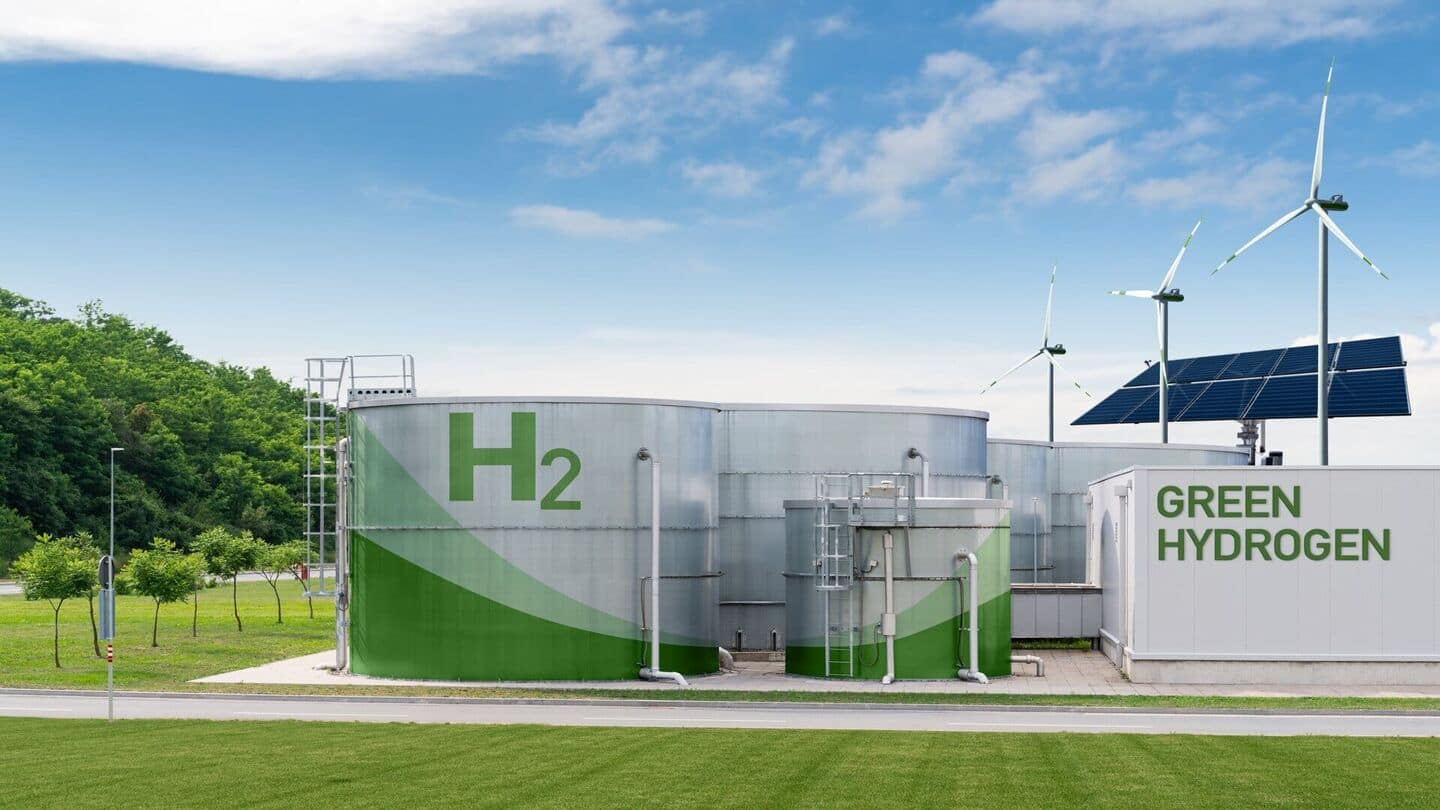
Scientists develop cost-effective method to produce clean hydrogen from water
What's the story
A team of researchers at the University of Alberta (U of A) has pioneered a method to efficiently split water into its constituent elements, hydrogen and oxygen. The innovative approach harnesses sunlight and specialized materials, potentially revolutionizing the future fuel landscape with portable, clean, and energy-dense options. Hydrogen is being increasingly recognized as a sustainable alternative to fossil fuels in many countries' energy strategies.
Limitations
Current methods for hydrogen production are expensive and inefficient
The traditional way of producing hydrogen is to use solar panels to generate electricity and then electrolyze water. This is usually expensive and inefficient. However, the U of A team's method directly utilizes sunlight to split water, a technique that requires less energy and could be cheaper. Karthik Shankar led the team in this groundbreaking research.
Process
Carbon nitride absorbs sunlight, releases electrons
The team's approach is to convert urea, a cheap and ubiquitous chemical present in fertilizers and urine, into a substance called carbon nitride heat (this process is called thermal condensation polymerization). This carbon nitride absorbs sunlight and energizes its electrons, releasing them. The process creates "holes" where electrons once were. Shankar explained that using sunlight directly to produce hydrogen is much more efficient than conventional methods with solar panels and electrolysis.
Separation
Titanium dioxide helps in separating energized electrons and holes
When titanium dioxide (another cheap material) is added to the mix, it forms a junction with carbon nitride. This interaction keeps the energized electrons and holes separated long enough for them to be useful. The energized electrons react with protons from water to produce hydrogen gas (H2), while the holes react with hydroxyl ions from water to create oxygen gas (O2).
Flexibility
New method remains effective in cloudy conditions
The U of A's new method is adaptable to sunny and cloudy days alike, as it uses nanowires that can capture sunlight from different angles. The system doesn't even need large storage batteries as the hydrogen gas produced itself stores energy for transport. This process is also theoretically more eco-friendly than creating silicon solar panels, as it uses cheap, abundant materials without extreme heating or significant pollution.
Development
Future plans for the new method
The U of A team is looking at using melamine (another common material) instead of urea for this process. They also think this method could be modified to generate hydrogen from methanol, a less clean but still useful alternative. The researchers expect their new technique could be ready for large-scale commercial use in three to five years. The study detailing this innovative approach has been published in the Journal of the American Chemical Society.